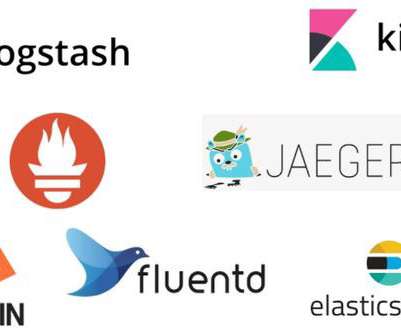KubeCon EU 2019: Top 10 Takeaways
Daniel Bryant
MAY 30, 2019
Of particular interest to me was the amount of chats I had that focused on the combination of Azure with existing on-prem deployments. Reproducible Development and Deployment with Bazel and Telepresence : Christian Roggia talks about the approach Engel & Volkers has taken to developing microservices with Telepresence.















Let's personalize your content